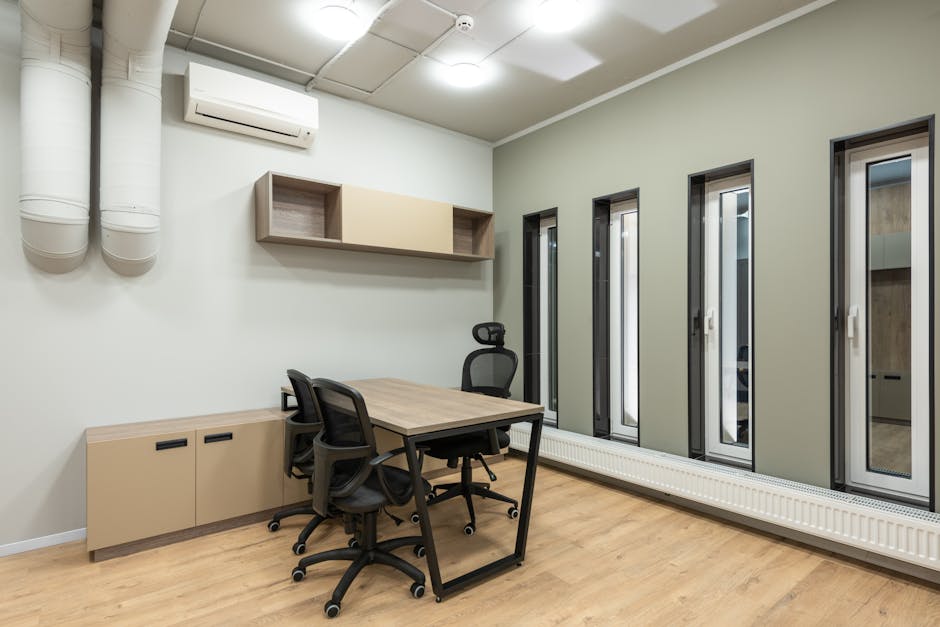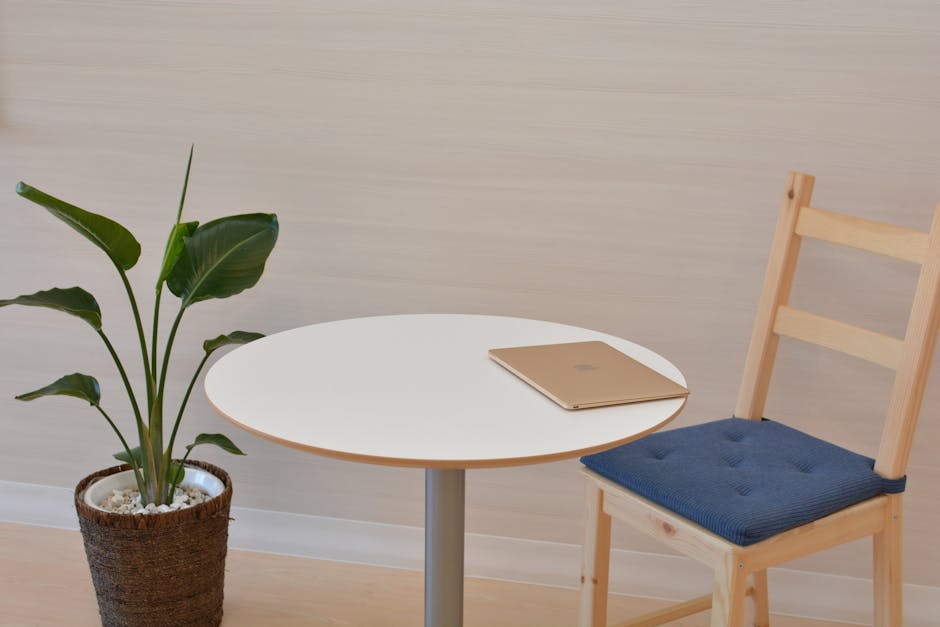Strategic Workspace Planning: Maximizing Productivity in the Modern Office
“This comprehensive guide explores the importance of strategic workspace planning in today's evolving work landscape. Learn how to create an efficient, employee-friendly environment that fosters productivity, collaboration, and well-being while optimizing costs and adapting to changing work models. ”

The Power of Strategic Workspace Planning
In today's rapidly evolving business landscape, the concept of workspace planning has transcended beyond mere furniture arrangement. It has become a powerful tool that influences employee productivity, well-being, teamwork, and cost efficiency. As work dynamics shift and new technologies emerge, mastering the art of strategic workspace planning is crucial for organizations aiming to foster innovation and create harmonious work environments that reflect their goals and values.

Understanding the Importance of Workspace Planning
Enhancing Employee Productivity
A well-planned workspace is the foundation for employee performance. By creating areas that cater to different work styles and tasks, organizations can significantly boost productivity. This includes designing quiet zones for focused work, collaborative spaces for team projects, and areas that inspire creativity and innovation.
Promoting Collaboration and Teamwork
Strategic workspace planning plays a vital role in fostering collaboration. By thoughtfully placing common areas and creating inviting open spaces, planners can encourage spontaneous interactions and idea-sharing among employees from different departments, ultimately enhancing overall business performance.
Improving Employee Well-Being and Satisfaction
The link between workplace design and employee health is undeniable. Incorporating elements such as ergonomic furniture, proper lighting, and comfortable break areas can significantly increase staff satisfaction and well-being, leading to better performance and reduced turnover rates.
Increasing Efficiency and Reducing Costs
Effective space management helps identify underutilized areas, allowing businesses to optimize resources before considering expansions. This proactive approach aids in eliminating unnecessary expenditure while maximizing productivity.
Key Factors in Workspace Planning
Office Layout and Design
When planning an office space, one of the fundamental decisions is choosing between open floor plans and cubicles. Each option has its merits:
- Open floor plans encourage collaboration and create a more inclusive atmosphere.
- Cubicles provide privacy and reduce noise distractions, ideal for focused work.
The key is to understand your team's needs and create a balanced environment that caters to various work styles.
Ergonomic Considerations
Investing in ergonomic furniture is essential for long-term employee health and productivity. Consider:
- Chairs with good lumbar support
- Adjustable height desks for alternating between sitting and standing
- Proper placement of computer screens to reduce eye strain
Color Schemes and Lighting
The aesthetic aspects of workspace design significantly impact mood and productivity. Choose color schemes that stimulate energy levels and implement strategic lighting to enhance comfort and reduce fatigue.

Space Utilization and Capacity Planning
Analyzing Current Space Usage
Before embarking on any major redesign, it's crucial to analyze how your current office space is being utilized. This involves examining the layout of different departments and assessing whether they are positioned effectively for necessary interactions.
Predicting Future Space Needs
Anticipating future space requirements is an essential part of strategic planning. Consider factors such as:
- Projected team growth
- Evolution in workflows that may necessitate changes in physical setup
- Accommodation of expected innovations or company-specific developments
Technology Integration in Workspace Planning
In today's digital age, technology integration is a cornerstone of effective workspace planning.
Providing Necessary Tools for Efficient Work
Ensure your office space plan includes modern technology tools as standard. This includes:
- Reliable computers and high-speed internet
- Audio-visual systems for virtual meetings
- Collaboration technologies that support both in-office and remote work
Implementing Smart Technologies
Explore the development of intelligent workplaces where automation plays a prominent role. This can include:
- Smart lighting systems
- IoT devices for space utilization tracking
- AI-based project management applications
These technologies can enhance productivity by automating repetitive tasks, allowing employees to focus on more critical functions.
Incorporating Employee Well-being in Workspace Planning
Creating Spaces for Relaxation and Mental Rejuvenation
When designing an office layout, it's essential to incorporate areas dedicated to relaxation and mindfulness. Some innovative ideas include:
- Quiet rooms with lounge chairs and soft lighting
- Reading corners stocked with magazines or company-related books
- Outdoor terrace gardens for brief walking breaks
- Dedicated meditation zones to promote mental clarity and focus
Balancing Natural and Artificial Lighting
Lighting plays a crucial role in employee health and productivity. Aim to maximize natural light inflow through windows, as studies have shown it sharpens cognition, boosts mood, and reduces fatigue. For areas that can't benefit from daylight, utilize energy-efficient LEDs with adjustable brightness controls to provide appropriate illumination without causing eye strain.

Measuring the Success of Workspace Planning
Key Performance Indicators (KPIs)
To assess the effectiveness of your workspace planning efforts, consider tracking these KPIs:
- Space utilization rate
- Occupancy costs per square foot
- Employee density
- Technology efficiency ratios
Employee Feedback and Satisfaction Surveys
While KPIs provide quantitative data, employee feedback offers invaluable qualitative insights. Regularly conduct satisfaction surveys to gauge:
- Comfort levels with various workspace elements
- Effectiveness of collaborative areas
- Overall satisfaction with the work environment
The Future of Workspace Planning
As we look ahead, workspace planning will continue to evolve, shaped by emerging trends and changing work models.
Adapting to Hybrid Work Models
The rise of hybrid work has transformed traditional office dynamics. Workspace planning now extends beyond physical spaces, encompassing virtual collaborative tools that enable seamless communication between in-office and remote employees.
Incorporating Sustainability and Green Initiatives
Sustainable workspace planning aims to minimize ecological footprints by considering energy consumption, waste generation, and resource usage. Implement strategies such as:
- Using energy-efficient lighting
- Encouraging recycling programs
- Optimizing air conditioning systems
- Incorporating renewable energy sources like solar panels
Conclusion
Strategic workspace planning is an ongoing process that requires continuous assessment and adaptation. By focusing on employee well-being, integrating technology, and embracing sustainability, organizations can create dynamic work environments that foster productivity, collaboration, and innovation. As the nature of work continues to evolve, so too must our approach to designing and managing workspaces. By staying attuned to employee needs and emerging trends, businesses can create workspaces that not only meet current demands but are also prepared for the challenges and opportunities of the future.